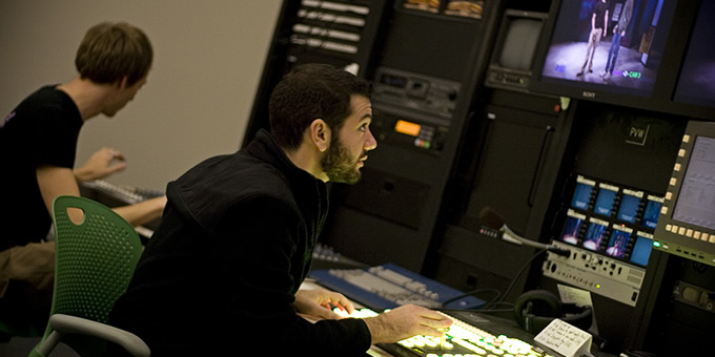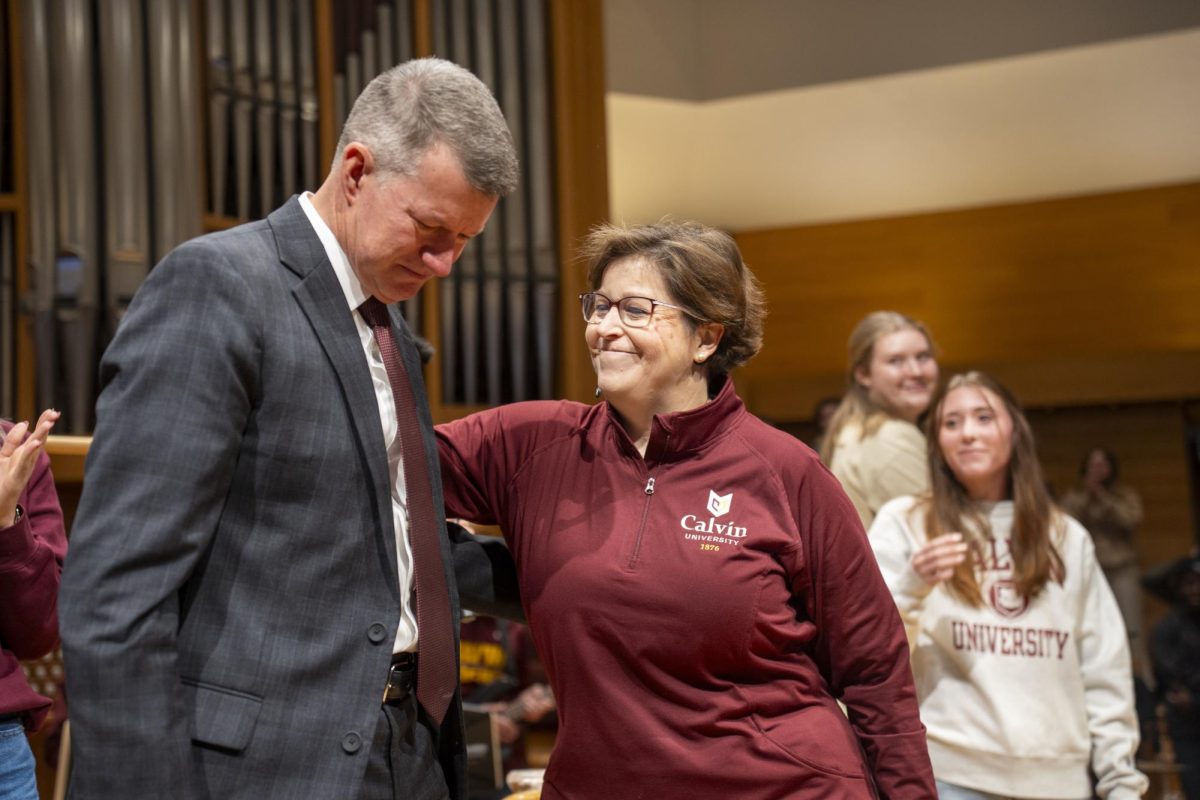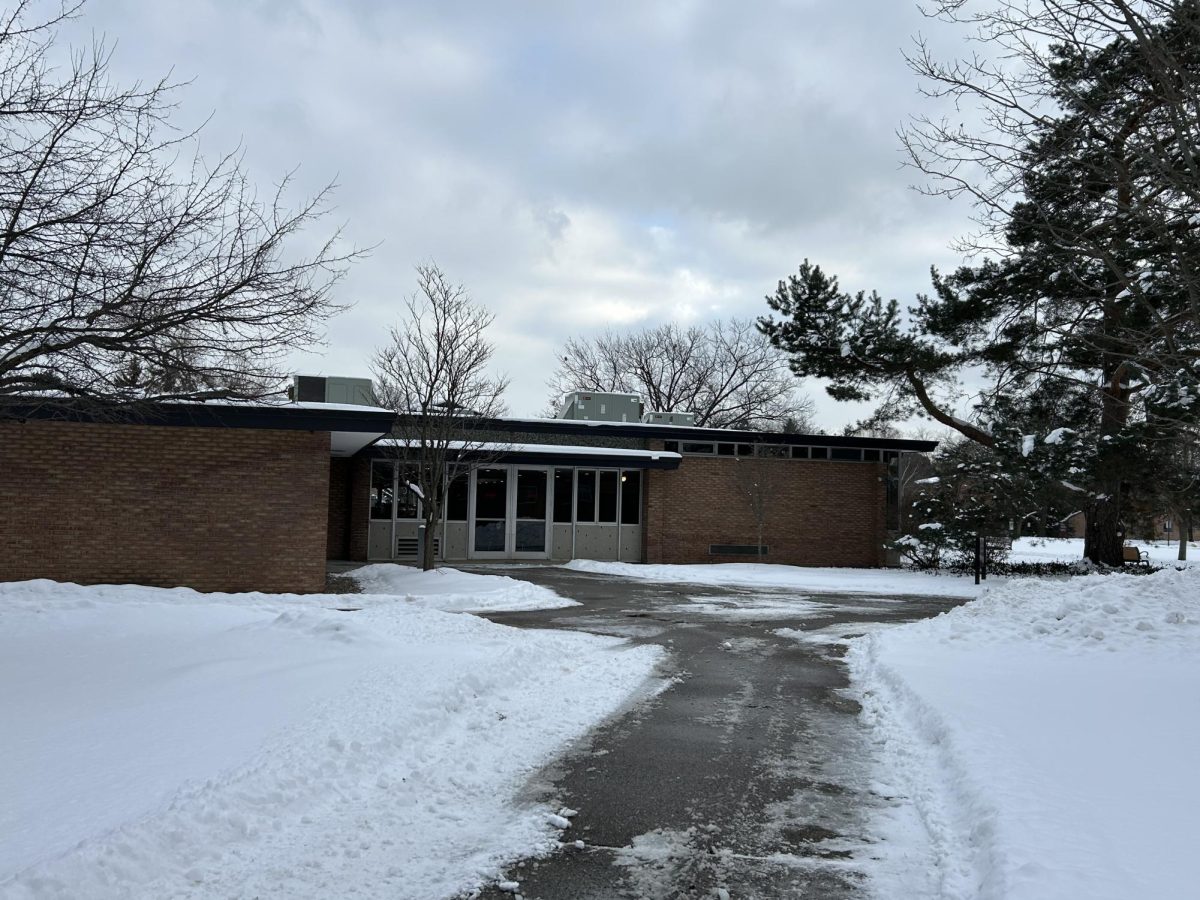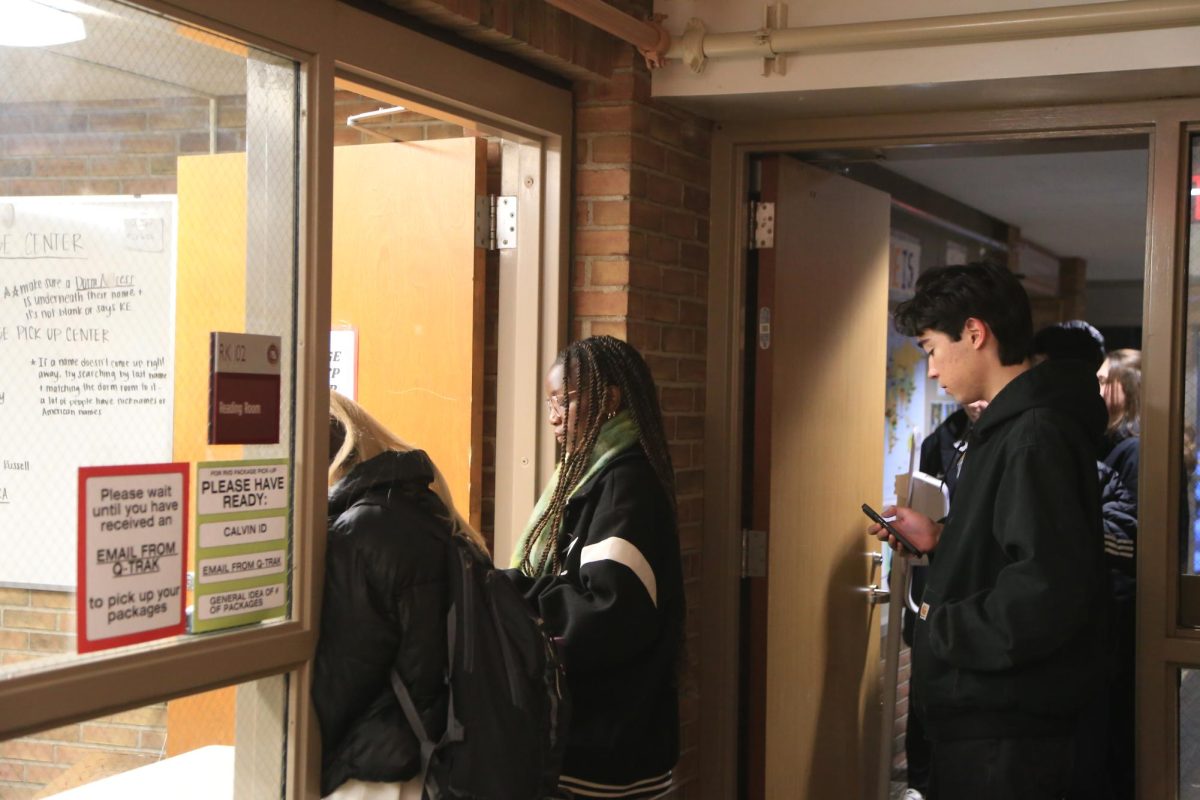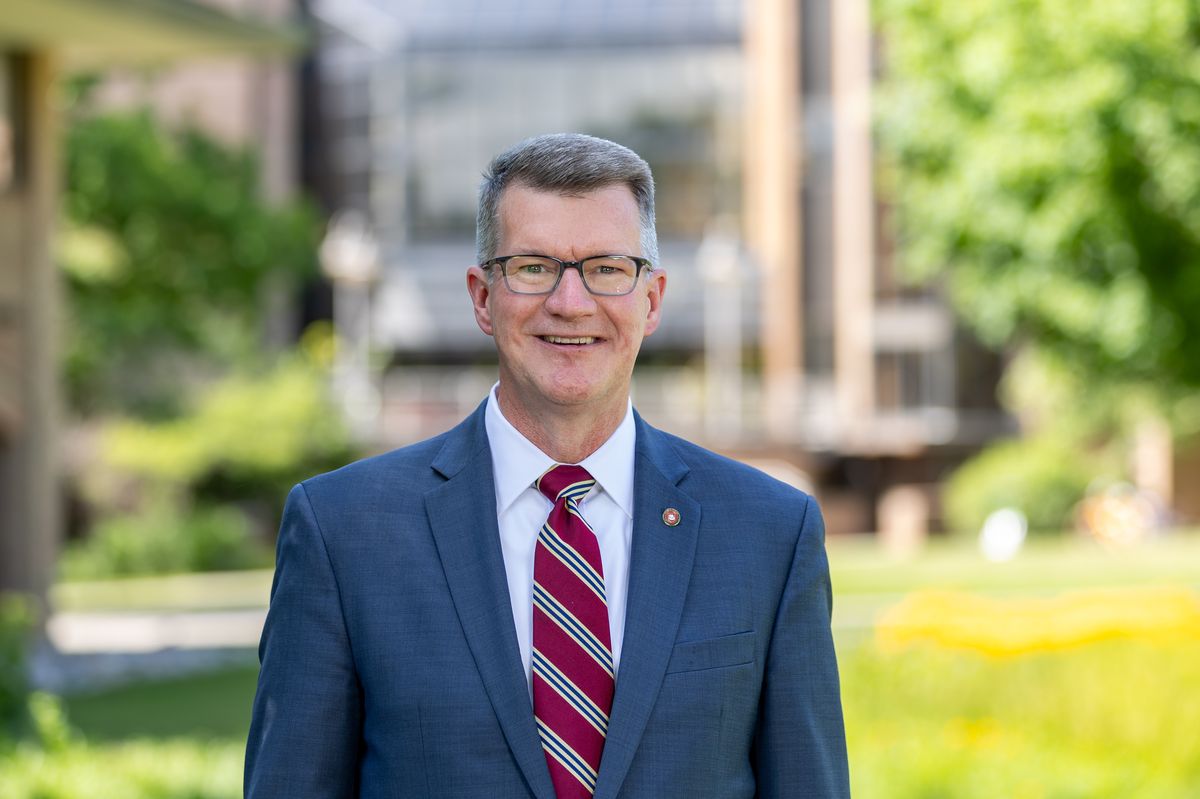Faculty senate approved a new core class Monday night, “Communicating Digital Media,” which will meet students’ core requirements for the rhetoric in culture category.
The class will begin this fall with two sections of 25 students each. The class falls under the communication, arts and sciences department.
The new course, CAS 180, is “an introduction to the principles and practice of communicating a message to an audience through digital images and digital sound,” according to the course description.
“Students will learn the fundamental techniques of pre-production planning, camera use, lighting, sound and editing in order to communicate their ideas effectively, artistically and ethically,” continues the description.
Currently, many students take a speech class (CAS 101) or a communication and culture class (CAS 140) to fulfill this core requirement.
But as the new course becomes more popular, Calvin expects that the number of students in the communication and culture course (CAS 140) will decrease.
In response, Calvin eventually hopes to offer three to five sections of the new “Communicating Digital Media” course, a class that department chair Randy Bytwerk said is long overdue.
“This course really should have offered five years ago,” he said.
“The course isn’t designed for people who want to win the Oscars, but are going to be in places in non-profits or business when they will have to do a competent video,” he continued.
Bytwerk said students in various fields will be required to use digital media — like video, images and sounds — to communicate via the Internet. He said this course will help students gain basic skills in these up-and-coming online mediums.
“This is designed for people who need to know the basics,” said Bytwerk. “We expect that that’s going to be very useful.”
Calvin expects the course to be useful in disciplines ranging from public relations to advertising and from journalism to worship.
The department does offer a basic video production course (CAS 190), but it is designed for students going into the film industry and does not fulfill any core requirement.
In contrast, the new core course will focus more on “the messages and meanings to be communicated” rather than technical proficiency, like students might find in a basic video production course like CAS 190, according to the extended course description.
Bytwerk pointed out that the constant changes in technology and communication make it difficult for the communication, arts and sciences department to keep up.
But in an effort to prepare students to use today’s technology, the course hopes to incorporate students’ own iPhones, iPads and other software into the curriculum.
Bytwerk said the department plans to create a digital media resource center, where students can come and test their projects on various mobile devices.
He also hopes that the course will provide opportunities for students to connect with the larger Grand Rapids community and other businesses.



